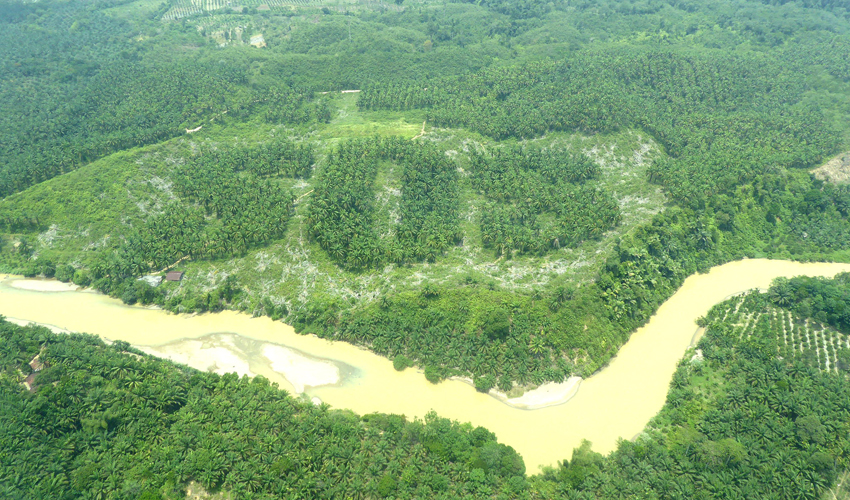Tourism threatens World Heritage in Japan
There are three natural World Heritage Sites in Japan. But as in many other areas of the world, these sites are facing a range of challenges, the most important of which is tourism, according to Yoshida Masahito, Chair of the Japan National Committee for IUCN.

Photo: IUCN
Yoshida Masahito explains how well recognised World Heritage is for natural sites within Japan.
[media:641]
The first of Japan's natural World Heritage Sites, Shirakami-Sanchi, is situated in the mountains of northern Honshu. This trackless site includes the last virgin remains of the cool-temperate forest of Siebold's beech trees that once covered the hills and mountain slopes of northern Japan. The black bear, the serow and 87 species of birds can be found in this forest.
Japan's newest natural World Heritage Site, the Shiretoko Peninsula, is located in the north-east of Hokkaido, the northernmost island of Japan. The site includes land from the central part of the peninsula to its tip (Shiretoko Cape) and the surrounding marine area. It provides an outstanding example of the interaction of marine and terrestrial ecosystems as well as extraordinary ecosystem productivity, largely influenced by the formation of seasonal sea ice at the lowest latitude in the northern hemisphere.
It has particular importance for a number of marine and terrestrial species, some of them endangered and endemic, such as Blackiston’s fish owl and the Viola kitamiana plant. The site is globally important for threatened seabirds and migratory birds, a number of salmonid species, and for marine mammals including Steller’s sea lion and some cetacean species.
Located in the interior of Yaku Island, at the meeting-point of the palaearctic and oriental biotic regions, Japan's third natural site, Yakushima, exhibits a rich flora, with some 1,900 species and subspecies, including ancient specimens of the sugi (Japanese cedar). It also contains a remnant of a warm-temperate ancient forest that is unique in this region.



